Get PeakVisor App
Sign In
Search by GPS coordinates
- Latitude
- ° ' ''
- Longitude
- ° ' ''
- Units of Length

Yes
Cancel
Share ×

Scan the QR code and open PeakVisor on your phone
❤ Wishlist ×
Choose
Delete
Golija Nature Park protects the Golija massif in southwestern Serbia. It is home to one of the most densely forested areas in the country and it is protected as a UNESCO Biosphere Reserve. There are 110 named mountains in Golija Nature Park, the highest and most prominent of which is Jankov Kamen (1,833 m/ 6,013 ft).
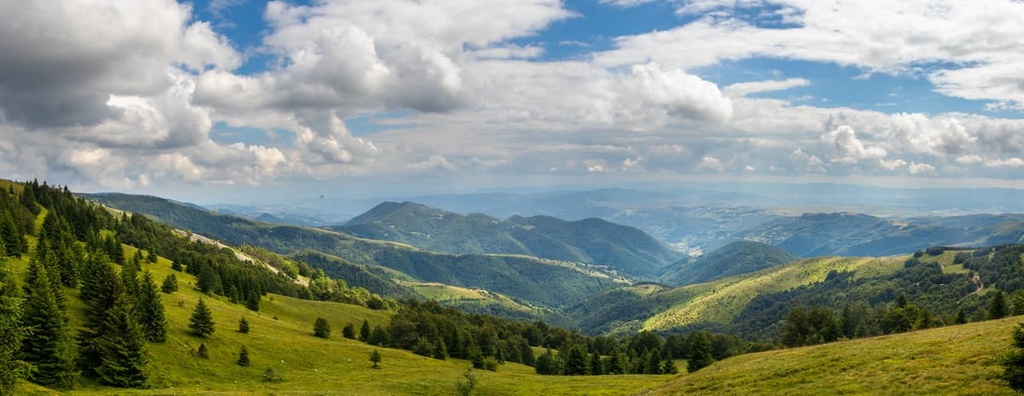
Golija Nature Park protects Golija (also called Golia or Stari Vlah), which is the highest mountain in southwestern Serbia. The highest peak in the park and on the massif is Jankov Kamen (1,833 m/ 6,013 ft).
The park is set in a fantastic location that covers about 75,183 hectares (185,781 acres) of stunning mountainous terrain. Its borders are the Ibar Valley to the east, the Raska and Ljudska Rivers to the south, Moravica to the west, and the middle part of Studenica Valley in the north and northeast. Golija Nature Park is under permanent protection and is preserved in order to protect its natural ecosystems.
Golija is one of the most forested mountains in Serbia. The southern slopes of this section of the Dinaric Alps have been preserved as millennia-old, intact ecosystems that also host large alpine meadows and pasture areas.
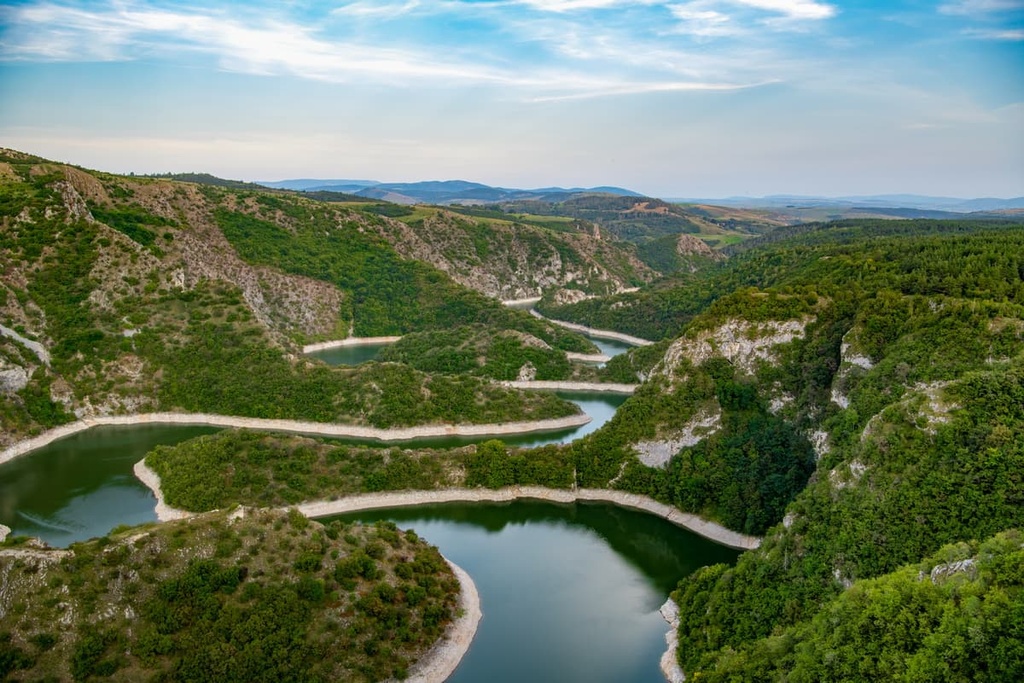
Serbia established Golija Nature Park as a protected area in 2001 via a government decree. It fully met the criteria for nomination as a Biosphere Reserve, too, and in October 2001, UNESCO decided to designate the park as part of the Golija-Studenica Biosphere Reserve. The International Union for Conservation of Nature has also declared this area to be a critical natural and historical location.
Despite Golija’s sometimes harsh weather, it is a popular area among hikers. From the tops of the park’s summits, one will be able to enjoy the view of numerous mountains, including some of Serbia’s most famous landmarks like Zlatibor and Tara.
Golija is unique because of its cultural and historical value as well. The park’s Studenica Monastery was founded by Stefan Nemanja at the end of the twelfth century. It is one of the most valuable buildings in the region. It helped provide a platform for Serbs and other cultural groups to thrive, and it has been under UNESCO protection since 1986.
This region is incredibly diverse and it boasts almost a thousand plant and animal species. The most commonly seen species in the park include Heldreich's maple, a tree that survived the last glacial maximum and is now thought of as a symbol of Golija. Many types of birds and animals can be seen in the region, making it a great spot to visit for nature lovers, too.
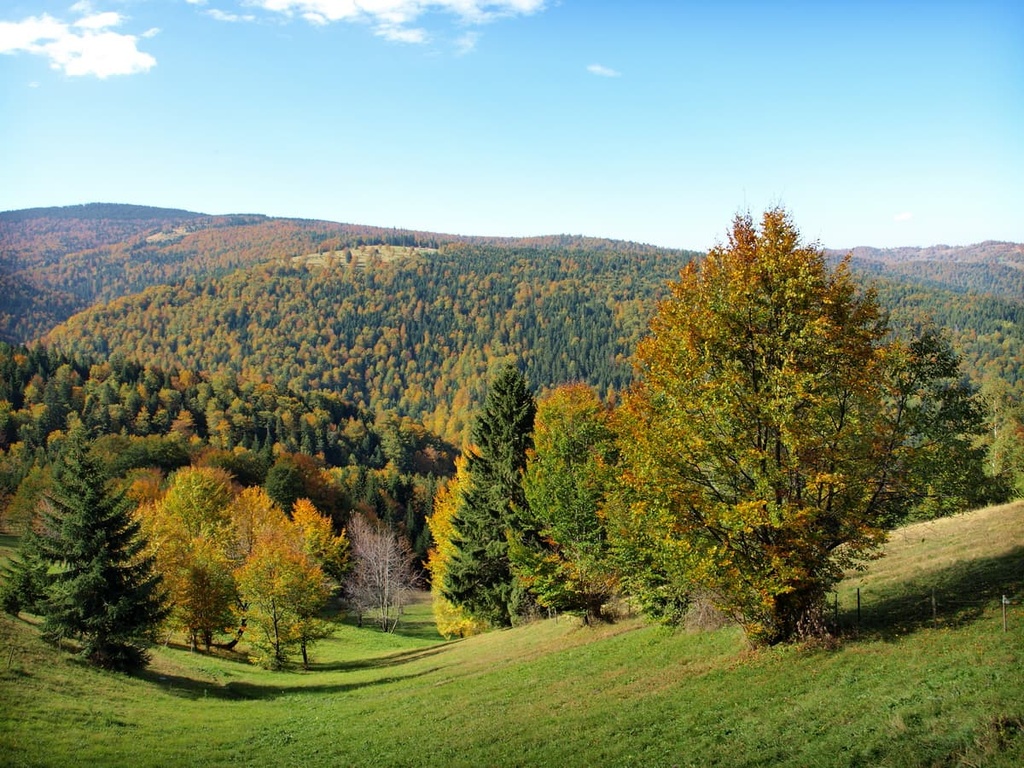
Golija Nature Park lies in the southwestern part of Serbia, and it is best known for being densely forested. The geology in this region makes it unique in many ways. It features a diverse landscape that includes everything from mountains and plains to caves and waterfalls.
The park itself features rocks from the Paleozoic through to the late Mesozoic. It contains a mix of different rock types, including both igneous and metamorphic rocks. The region is also home to sedimentary rocks, including limestones, as is the case throughout much of the Balkans.
As is the case with the mountains throughout western Serbia, the peaks in Golija Nature Park are part of the Dinaric Alps, which is a major mountain range that encompasses the bulk of the western Balkan Peninsula. These peaks primarily feature limestones and the landscape of the Dinarides is dominated by karst formations.
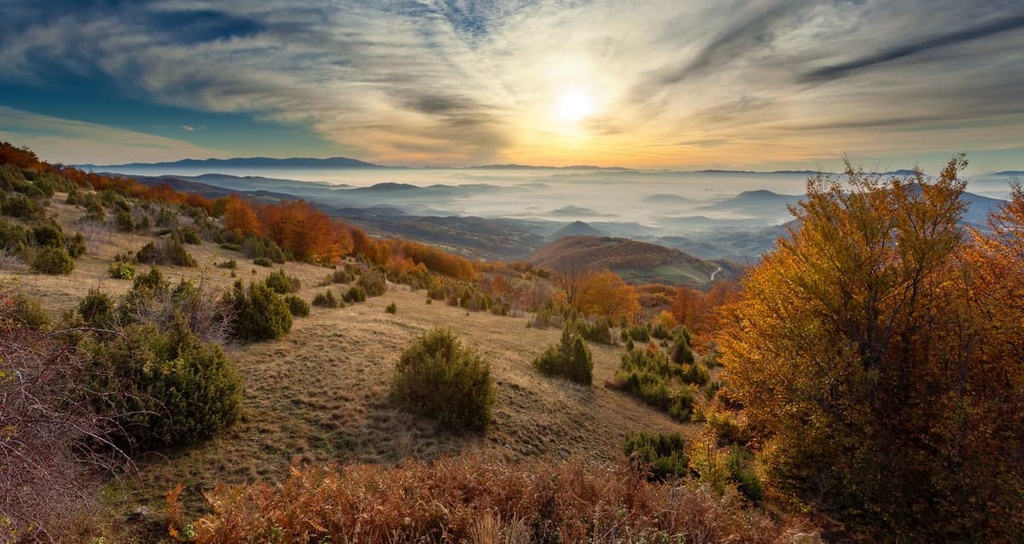
Some of the major peaks in the nature park include Jankov Kamen (1,833 m/ 6,013 ft), Vrhovi (1,801 m/5,908 ft), Crni Vrh (1,796 m/5,892 ft), Krnjacha (1,762 m/5,780 ft), and Pašina Česma (1,752 m/5,748 ft).
Summers in Golija Nature Park are cool, and winters are cold. Snow often sticks around in the high elevation areas of the park until late in the spring and summer. The climates of Ibar, Studenica, and Moravica Valleys are significantly more temperate than in the park itself. This is due to the Mediterranean influence in the area.
The Golija massif is one of the most biodiverse places in Serbia. Its diversity of landscapes aids in the conservation of the local forests. The park is home to 1,100 plant species, many of which are relicts or endemic species.
Mount Golija is covered by beech forests on its northern, northeast, and eastern slopes. The biggest of the forests you'll find lies on Crni Vrh, which has an elevation range from 500 to 1,000 m (1640 to 3280 ft). Below the beech belt is an oak belt. The beech-fir forest belt that exists above 1,600 m (5,249 ft) in elevation features a mix of beech tree species. Finally, above 1,700 m (5,577 ft) in elevation, the park is primarily home to beech trees.
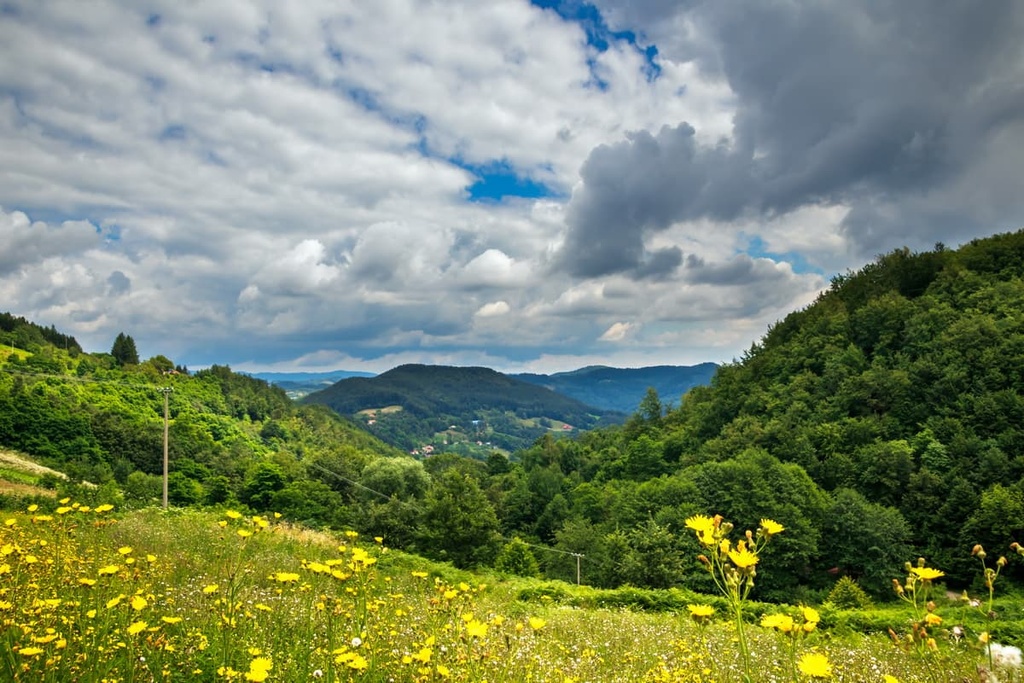
There are many protected nature reserves on Golija. They have protected the mixed forest of fir, spruce, and beech on the highest point in Ljuti Livadi since the 1950s. There is also a protected 8.5 ha (21 acre) beech and fir forest near Jankov Kamen (1,833 m/ 6,013 ft).
The park is home to a variety of other plant species, such as common holly (Ilex aquiifolium), Alyssum markgrafii, Pancicia serbica, Viola elegantula, Verbascum adamovicin, Pancicia serbica, and Thymus adamovicii.
There are a number of mammal species that live in the park, including the lesser mole-rat (Spalax leucodon), alpine shrew (Sorex alpinus), and brown bear (Ursus arctos). Golija is home to 100 bird species, including woodlarks, rock partridges, and common redshanks.
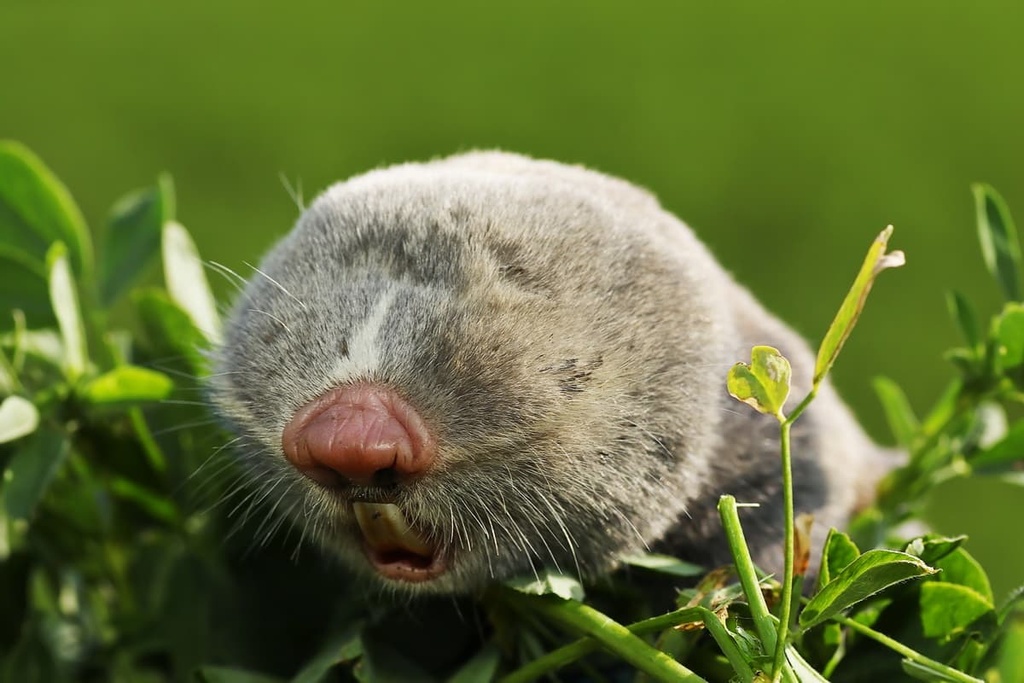
Golija has been inhabited since prehistory and antiquity by many different groups of people, including the Illyrians, Romans, and the Slavs. The country of Serbia as we know it today started to take shape during the Middle Ages.
The Serbian Kingdom was one of the most important medieval states in Europe. It was founded by King Stefan I, who ruled from 1217. The kingdom became a major European power during the reign of Stefan Dušan between 1331 to 1346.
The Serbian Kingdom is also known for its rich cultural heritage, which is showcased in its many monasteries. However, the Middle Ages took their toll on the Golija Nature Park as many Serbian kings opted to develop this area to build places like Studenica Monastery and Gradac Monastery.
The Studenica Monastery has been around for centuries, and it plays an important role in the region's culture and history. The Nemanjic dynasty built the monastery and it later became Serbia's most important spiritual center.
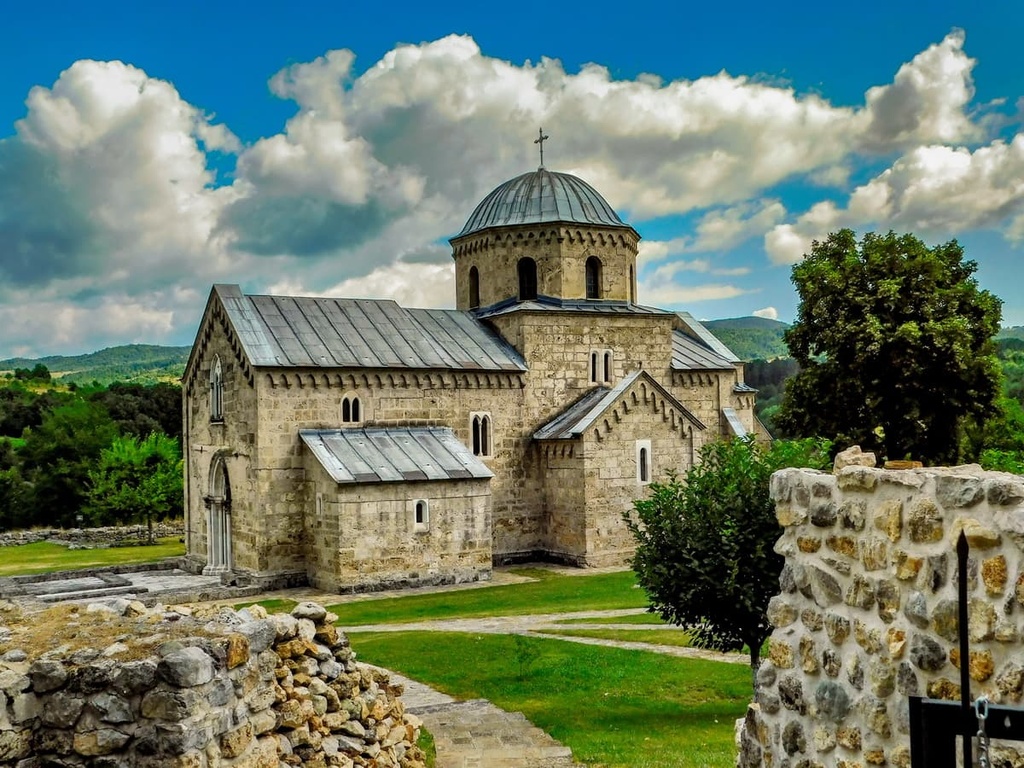
The monastery complex historically contained 13 churches and buildings, two of which have survived to this day: the Church of the Mother of God and the Church of St. Joachim and Anna. As a result, Studenica is unquestionably one of the most valuable buildings in Serbian history.
The Gradac Monastery, which was built in 1268, is one of the crown jewels of Golija. It was given to Queen Jelena by King Uroš during their marriage. The Annunciation Church at the monastery has a unique blend of Western Gothic architecture and Eastern Byzantine style.
Records suggest that King Uroš I ordered the planting of lilacs along the banks of the Ibar near the monastery in order to beautify the landscape for Queen Jelena. Many of these lilacs still exist near the river.
Queen Jelena herself was also very important in Serbian history. After the monastery was built, she founded a girls' school where Serbian noblewomen were educated.
In the area that is now Golija Nature Park, people have been following strict measures to protect nature for over 50 years. Jankov Kamen (1,833 m/ 6,013 ft) and Iznad Ljutih Livada were declared protected areas in the 1950s, and they are currently under international protection as they are home to a lot of rare species.
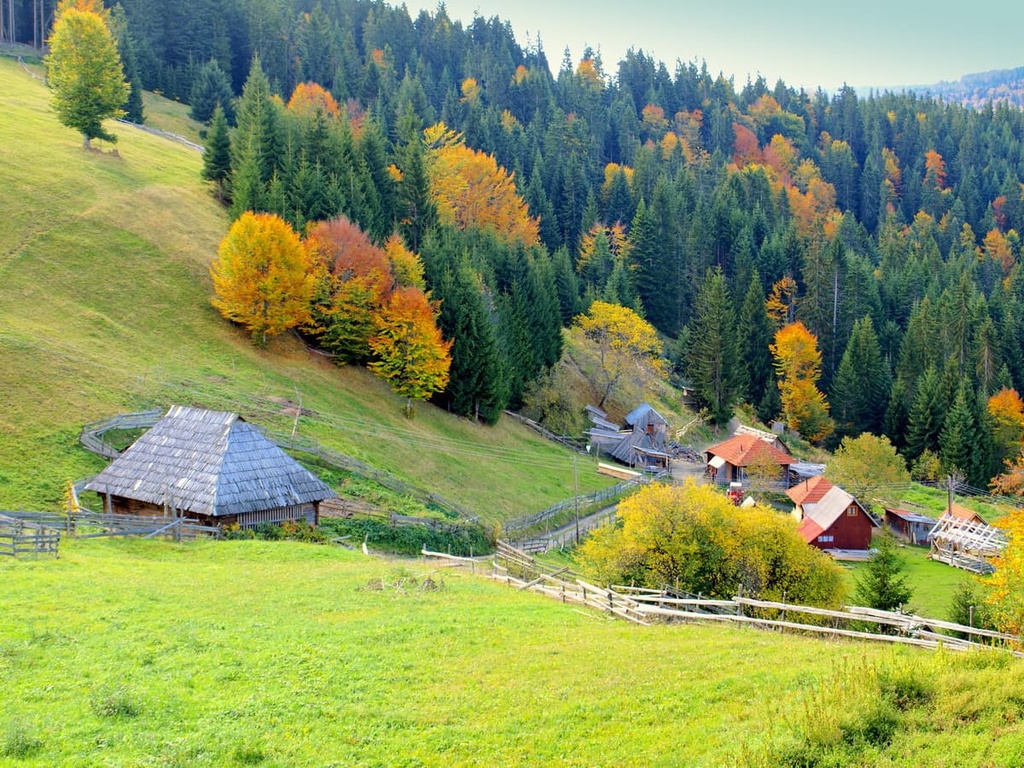
There are a number of strict nature reserves and natural monuments located within the state forests, too, and forestry professionals have been successfully preserving them for over 70 years.
Golija Nature Park was created in 2001 by the government and given to Srbijašume (the Serbian national forest company) for management. The park was nominated as a Biosphere Reserve due to its geological, historical, cultural, and natural values. Golija has since become a popular destination for visitors who come to see the park’s lush forests and dense snowfall each year.
Deep forests and lush grasslands dominate the landscape in Golija Nature Park, making it a great place to hike and explore. Here are some of the best hikes in Golija Nature Park to check out during your next trip to the region.
Golija is a mountain in Serbia with an impressive flat peak of 1,833 m (6,013 ft). Its most recognizable feature is the Jankov Kamen (1,833 m/ 6,013 ft).
According to local legends, Jankov Kamen was a rock slab used in a bet between brothers Rajko and Janko. Even though Rajko was rushing to the top, he tripped and dropped his stone. Janko slowly climbed up to the top with his rather heavy stone and left it there, creating the Jankov Kamen.
The top of Golija is called Jankov Kamen (1,833 m/ 6,013 ft) or, literally ‘Janko’s Rock.’ One can reach this peak from numerous trails, but Golijski Put (Golijski Trail) is the most popular route. The trail is 24 km (16 mi) long, so it takes most people the better part of the day to complete.

There is a lake below Jankov Kamen (1,833 m/ 6,013 ft) called Nebeska Suza or Okruglica. Locals call it ‘the Heavenly Tear' or Circle Lake. It is located at an elevation of 1,495 m (4,905 ft) on a small grassy plateau.
The Velike Livade area is home to the headwaters of the Jastrebovacka River. Here, you can also find a beautiful natural waterfall that’s very popular among tourists.
Dajićko Lake (Dajićko jezero) is a popular and easily accessible destination that you can get to via an asphalt road from Ivanjica-Bele Vode. In winter, the lake is covered with thick ice and snow. In summer, many tourists worldwide visit the lake to enjoy some fresh air.
The lake itself is located just 33 km (20 mi) away from the main town, Ivanjica, and is less than 2 km (1.2 mi) from Bele Vode. It is also located just 10 km (6 mi) away from Golijska Reka, so it’s easy to get to if you’re staying in the area.
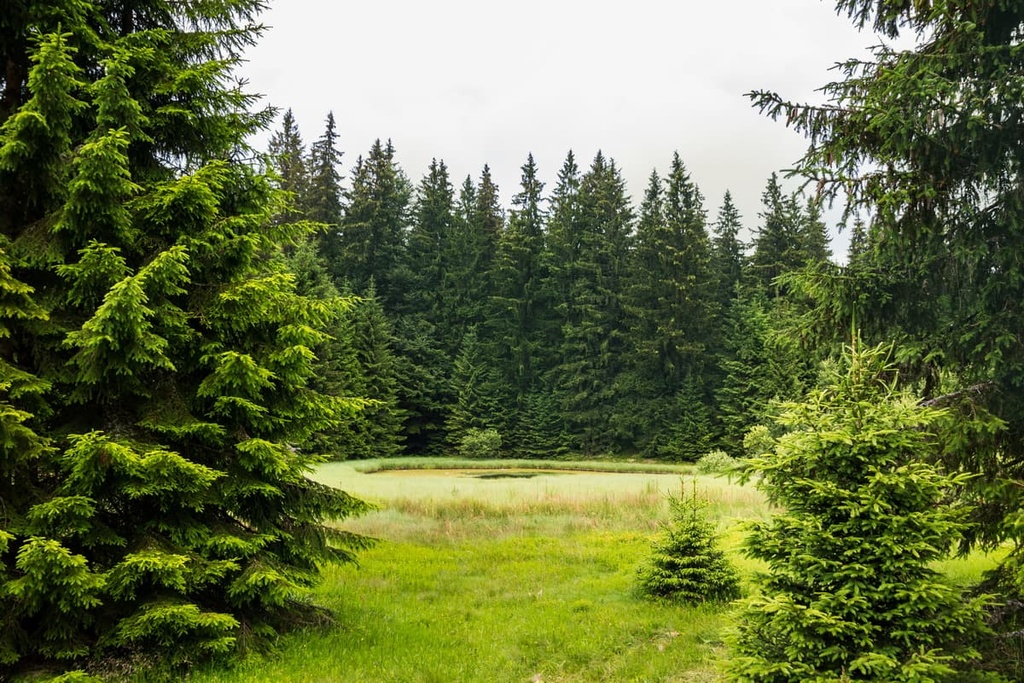
Looking for a place to stay during your next trip to Golija Nature Park? Here are some of the top cities and towns in the region to check out during your travels.
Novi Pazar is a city in southwestern Serbia. It is the largest city in the region and has a population of about 100,000 people. The most important industries in Novi Pazar are food processing, textile production, metalworking, and construction materials production.
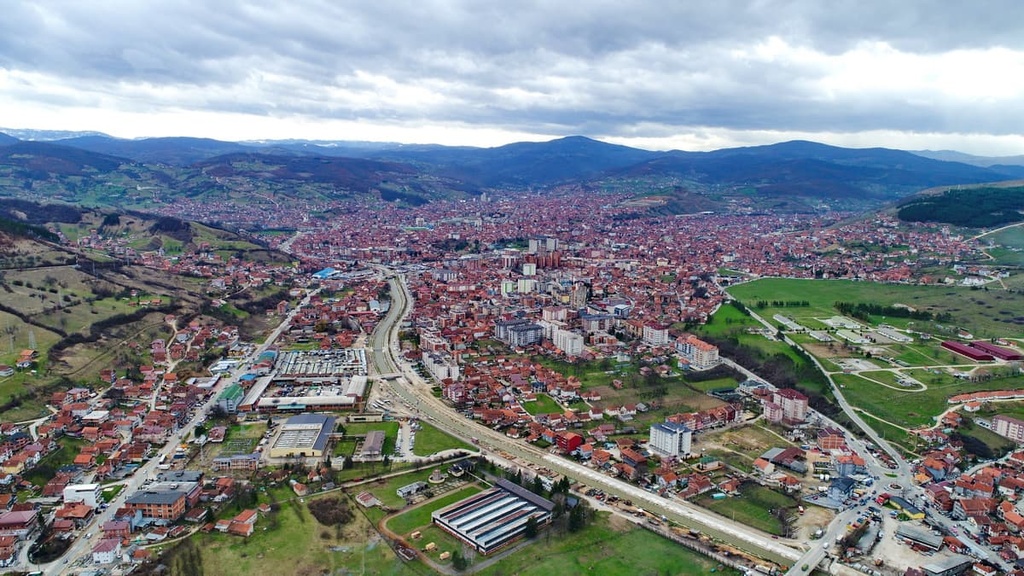
The city is considered to be the cultural center of the Bosniaks in Serbia, and it is the main city of the region of Sandžak. You can get to the city via road and rail. Novi Pazar is a great place to stay if you’re in the region as it is the closest town to Golija Nature Park.
Niš is the third-largest city in Serbia and the capital of Nišava County. It lies on the banks of the river Nišava, which is a tributary of the South Morava.
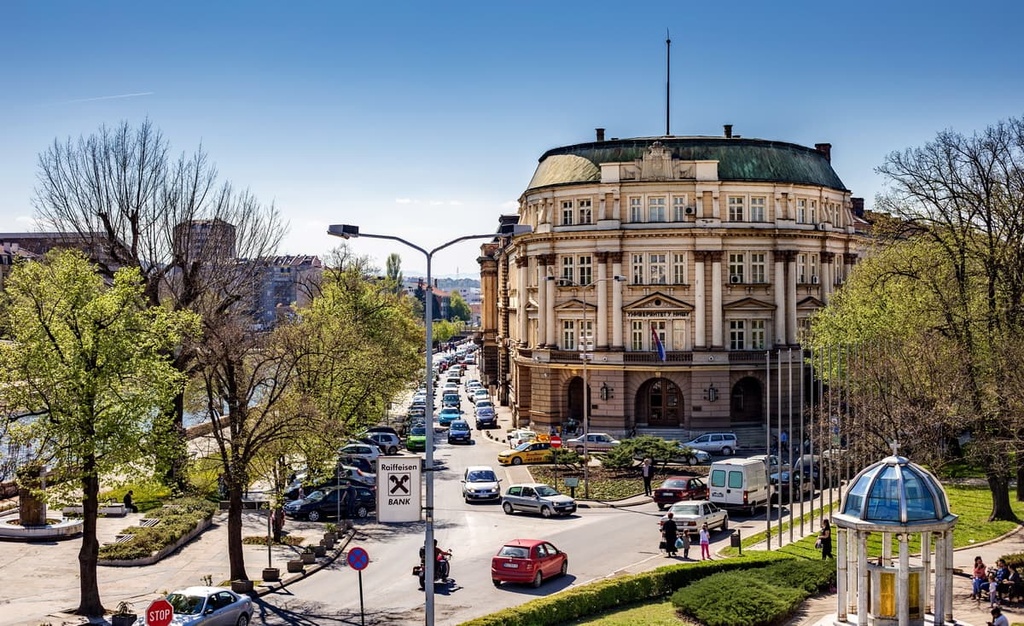
Niš has been an important economic and cultural center in this part of Serbia since ancient times. It has been through many wars and periods of occupation throughout its history, but it has always managed to preserve its rich cultural heritage and traditions. One can reach the city via road, rail, and air.
Kosovska Mitrovica is a city in Kosovo. It is the second-largest city in Kosovo and the capital of the District of Mitrovica. The population of Kosovska Mitrovica was estimated to be around 85,000 people as of 2017.
The name Mitrovica means “city on two rivers,” which is a reference to the fact that the city is situated on the Sitnica and Bistrica e Pejës rivers. While Kosovska Mitrovica is located in a different country, it is still one of the closest big cities to Golija Nature Park, so it’s a nice place to stay if you’re in the region. You can get to Kosovska Mitrovica via air, rail, and road.
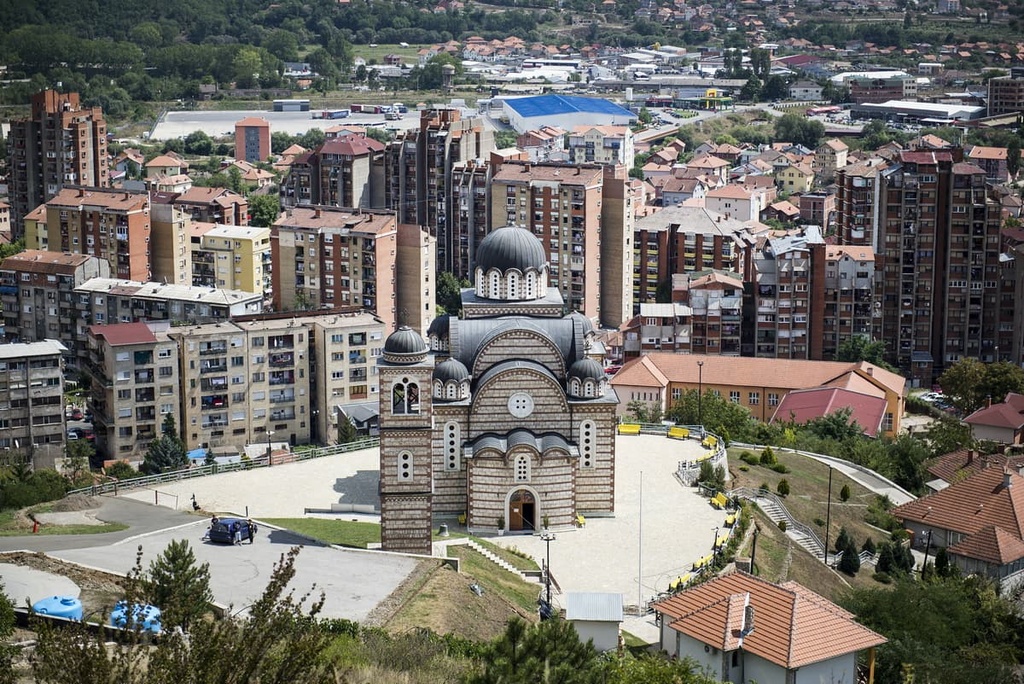
Explore Golija Nature Park with the PeakVisor 3D Map and identify its summits.








